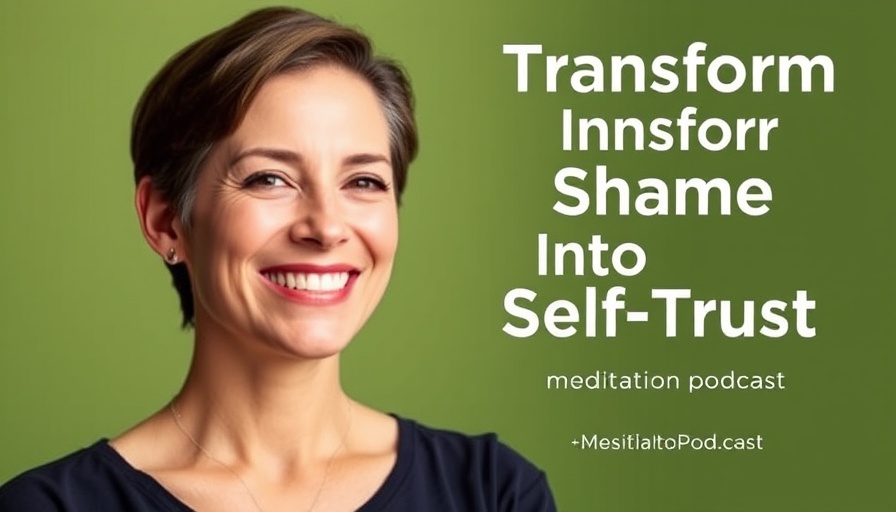
Embracing Tonglen: The Art of Loving-Kindness Meditation
Meditation has existed for centuries, providing a pathway for self-discovery and inner peace. Among the many practices available, Tonglen meditation stands out, particularly for its unique approach of giving and receiving love and compassion. Rooted in Tibetan Buddhist traditions, this practice encourages individuals to embrace their struggles and, in turn, share love and healing with others.
Understanding the Practice of Tonglen
Tonglen, or "giving and receiving," is a practice that invites us to face our difficulties and suffering directly. By acknowledging our personal challenges, we can also recognize the universal struggles shared by humanity. The process is profoundly transformative: as we breathe in our difficulties, we simultaneously breathe out love and healing. This duality fosters a deeper understanding that suffering is not only personal but a shared human experience.
The Benefits of Mindful Yoga in Tonglen Meditation
Engaging in mindful yoga complements the Tonglen practice beautifully. As we focus on our breath and move through poses, we anchor ourselves in the present moment, making it easier to accept our emotional states without judgment. This connection between body and mind enhances clarity and deepens our meditation experience, allowing us to more readily embrace the loving-kindness we are cultivating.
Creating a Safe Space for Meditation
To begin your Tonglen practice, finding a tranquil environment is essential. Create a space free from distractions where you can settle comfortably and focus solely on your breath. Whether seated, lying down, or even standing, the key is to allow your body to feel supported. Take a moment to notice the sensations within you, welcoming each one with kindness.
Pausing for Reflection: The Power of Silence
Incorporating silence into your meditation practice can be incredibly enriching. Long pauses for reflection invite us to delve deep into our feelings, allowing our thoughts and emotions to arise without the push to fix or change them. During these periods of stillness, we breathe out love, fostering an openness that can lead to personal healing and deeper connections with others.
Overcoming Challenges in Tonglen Meditation
Many individuals face challenges when initially practicing Tonglen. These can include anxiety over confronting emotional pain or the difficulty of allowing love for oneself and others to flow freely. Acknowledge these feelings without judgment. Understand that struggling is part of the process, and through mindful yoga and meditation, we can gradually learn to be comfortable with discomfort.
Reflections on the Future of Meditation and Mindfulness
As mindfulness continues to garner attention in mainstream wellness practices, the incorporation of loving-kindness meditations like Tonglen is gaining momentum. This shift reflects a broader societal understanding of the importance of emotional well-being and collective healing. By practicing Tonglen, we move toward a future where compassion and love are not only cherished but actively shared, enriching the fabric of our communities.
Why This Meditation Matters
Meditating with the intention of breathing out love has profound implications for our emotional landscape. As we release stress and negativity, we create more space within ourselves to invite joy and compassion. This practice allows us not just to heal, but to connect with our surroundings, contributing to a culture of kindness.
In the journey of life, practicing mindfulness through meditation is not simply about finding peace for oneself but also sending out a ripple of love into the world. Embrace Tonglen and discover how giving and receiving love can foster a deeper connection to yourself and those around you.
 Add Row
Add Row  Add
Add 




Write A Comment